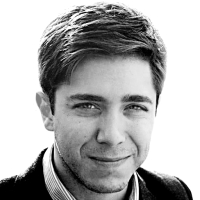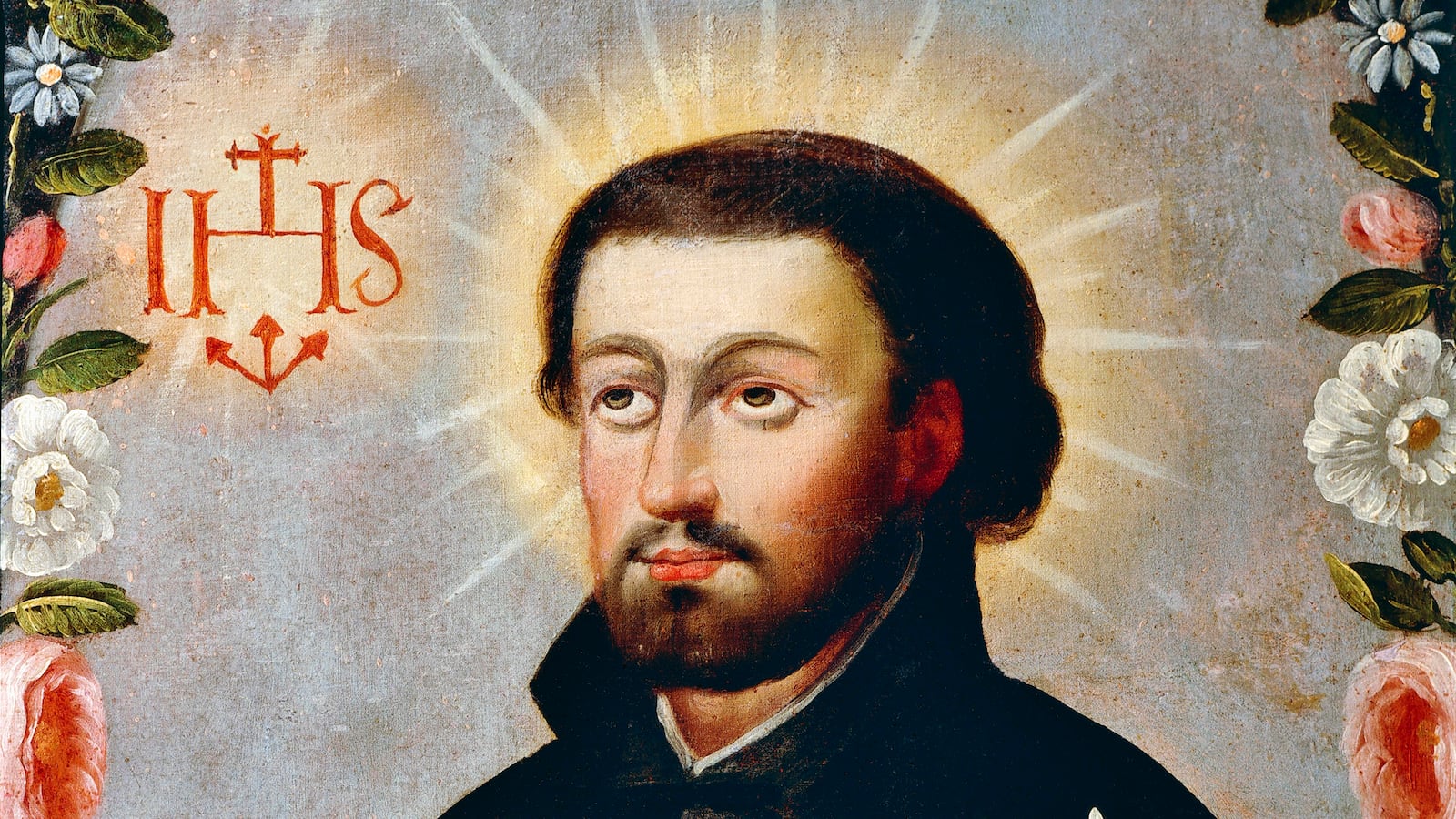The name of the new pope is Jorge Mario Bergoglio. But after this week, you probably won’t hear him called “Jorge” or “Bergoglio” much anymore (let alone “Mario”). That’s because Bergoglio has decided that his regnal name—the loftier moniker that Vicars of Christ have been adopting since 533 AD—will be Francis, or, more precisely, Pope Francis.

So why do popes ditch their baptismal names the minute they’re elected? And why did Bergoglio choose Francis?
The first pope to make the change was John II. In the early centuries of the Catholic Church, Bishops of Rome always retained their baptismal names while “in office.” But when John II was born, in A.D. 470, his parents named his Mercurius. A lovely choice, you say? We agree. The problem was that Mercurius had been named after the Roman god Mercury, and he didn’t think it appropriate to carry such a blatantly pagan sobriquet into the papacy. Thus he decreed that henceforth he would be known as Pope John II, and so he was.
The whole regnal switcheroo didn’t become customary until the end of the 10th century, and even then, some popes just couldn’t let go of their old appellations. It wasn’t until the end of Marcellus II’s reign, in May 1555, that choosing a regnal name became de rigueur. Since then, every pope has done it.
So back to Francis. How exactly did Bergoglio choose his new alias? There are no rules about these things, really, except that selecting “Peter” is a no-no—Catholics informally retired the name when St. Peter died back in A.D. 67. Pope-elects typically pick their regnal names to honor predecessors, mentors, political models, or even family members; often, the decision is interpreted as a signal of the new pope’s intentions, policywise.
Francis, we are told, could be a reference to St. Francis of Assisi, who, like Bergoglio, was known for his humility. Some also speculate that the name could allude to Francis Xavier, the co-founder of the Society of Jesuis—aka the Jesuits. As it just so happens, Bergoglio has a long history with the Society of Jesus, which he entered on March 11, 1958, after receiving a master’s in chemistry from the University of Buenos Aires and studying at the seminary in Villa Devoto, Argentina. He is the first Jesuit priest to become pope.
It’s too early to say exactly what Bergoglio wanted to signal by choosing to go by Francis I from now on. St. Francis of Assisi was especially concerned with the poor, and his mission of building up the Catholic church might mirror the work Bergoglio intends to do to rehabiliate the Vatican’s reputation in the wake of recent scandals.
Francis Xavier’s life could provide clues as well. Born in 1506, Xavier is said to have been an enthusiastic missionary whose “unlimited confidence in God freed him from discouragement in the face of obstacles and reversals.” He was also known as a charismatic pragmatist—a “people person”—who was open to the ideas of others.
For the new leader of the world’s largest church, there could be worse footsteps in which to follow.




